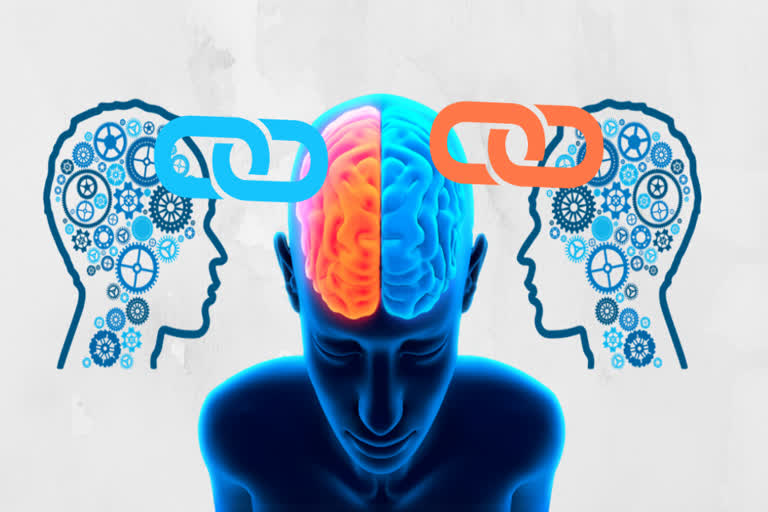New Scientist, UK: IMAGINE if your 6-year-old son needed surgery to remove a staggering half of his brain. That was what faced Matthew, a boy with a rare condition triggering many epileptic seizures a day and that could only be treated with this drastic surgery. When he woke up afterwards, he was incontinent and couldn't walk or speak.
Yet with daily physical and language therapy, Matthew regained these abilities.
In three months, he was almost back to normal, minus the seizures. Now an adult, brain scans show half of Matthew's skull as a black void, yet the only visible effects are his slight limp and a little clumsiness in his right hand.
How could someone lose half of their brain and recover almost all of their functioning in three months? For neuroscientist David Eagleman at Stanford University in California, this demonstrates one of the brain's most remarkable qualities: neuroplasticity, or the ability to remake itself in response to changing circumstances.
In Livewired, Eagleman explains why this ability is so fundamental to who we are that James Watson and Francis Crick's claim to have discovered the "secret of life" with their work on DNA is only half of the story.
The rest of what makes you who you are is "every bit of experience you have with the world: the textures and tastes, the caresses and car accidents, the languages and love stories... all of which sculpt the vast, microscopic tapestry of your brain cells and their connections," he writes.
In extreme cases, this brain resculpting is visible at the anatomical level through post-mortems or scans. Professional musicians develop a small bulge on a ridge of their motor cortex – a part of the brain that controls movement – revealing the effects of thousands of hours moving their fingers in complex choreographies. It is reminiscent of the way a large bicep may reflect the hours spent at the gym.
Research on animals shows that such a cortical bulge arises from rewiring at multiple levels. Not only is there the growth of new synapses (connections between brain cells) but there are also changes to the molecular machinery of those synapses. Neurons can sprout more branches, and sometimes whole new neurons can form.
Obviously, since we can't dissect the brains of living people, it is very hard to observe those transformations at the molecular and cellular level. Yet we can clearly see their effects on behaviour and abilities. It is why we are able to learn new skills, even in later life, and why some people who are blind can learn to echolocate in a similar way to bats.
DNA is only half of what makes you who you are – the rest is all the experience you have with the world
Brain scans show that in people who lose their sight, the part of the brain that usually receives signals from the eyes instead starts processing input from their ears and their sense of touch. This starts to happen even in people who are blindfolded for a few days.
